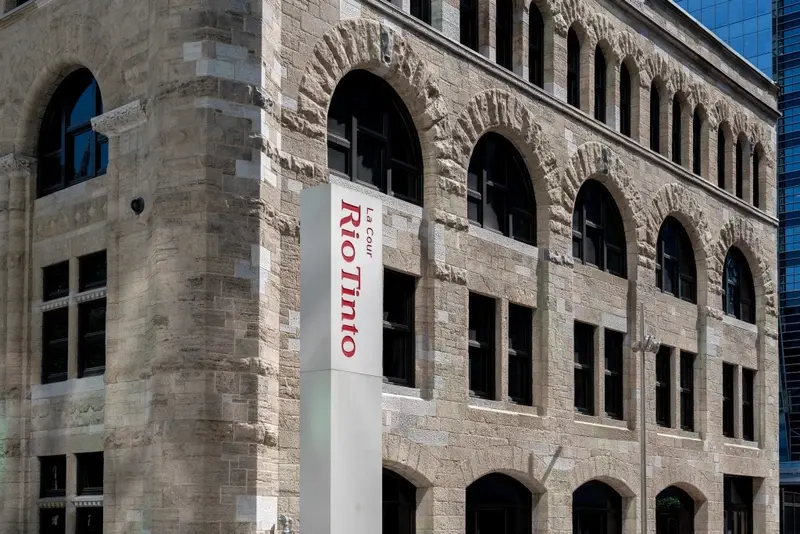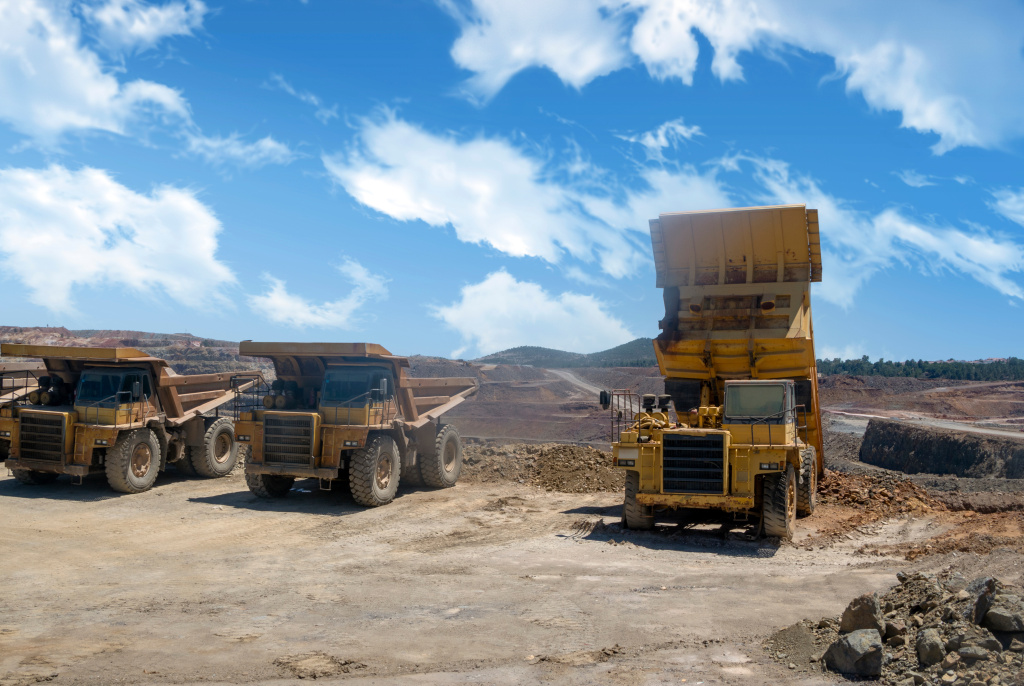
- Rio warns of disruption in China from Covid surge
- Confirms 2023 production guidance
- Analyst expects ‘significant earnings growth for Rio after this year’
As fourth quarter GDP figures revealed the toll Covid restrictions have taken on the Chinese economy, mining outfit Rio Tinto (RIO) has suggested the current reopening could lead to short-term disruption given surging Covid cases.
In its production report for the final three months of last year Rio warned that ‘the end to Covid controls in December and the subsequent wave of Covid cases bring high volatility in the coming quarter, with increased short-term risks of supply chain disruptions and labour shortages. Although more financing is being provided, consumers remain cautious of the property market’.
China, a big consumer of global commodities, is one of Rio’s biggest export markets. The company stuck with the 2023 production guidance given at an investor day in November 2022. Its shares were up 0.2% to £61.09 having enjoyed a strong run at the end of the year on Chinese reopening hopes.
The Anglo-Australian mining and metals company noted group output was higher in 2022 versus the previous year across all commodities, except aluminium.
At Pilbara, the company’s iron ore asset in Western Australia, operations produced 324.1 million tonnes in 2022, up 1% year-on-year. Shipments were 321.6 million tonnes, in line with 2021, as performance improvements continued across the system.
PRODUCTION IS ON TRACK BUT COSTS ARE RISING
Annually, mined copper production was 6% higher at 521 million tonnes. By contrast, aluminium production fell 4% to three million tonnes, which Rio Tinto attributed to reduced output at its Kitimat smelter in British Columbia, Canada, and Boyne smelter in Queensland, Australia.
Rio said Pilbara iron ore unit cash costs are likely to end up slightly above the top end of its $19.5-$21 per tonne guidance range, largely thanks to inflation, diesel prices and labour costs. Guidance for 2023 is unchanged at $21-$22.50 per tonne.
Jefferies analyst Christopher LaFemina said: ‘We expect Rio to benefit from higher-than-expected prices for iron ore over the short to medium-term and a multi-year period of high prices for copper and aluminium as a result of supply constraints and decarbonisation-driven demand. Growth in copper production over time should help as well.
‘Our 2023 commodity price forecasts are conservative. We expect significant earnings growth for Rio after this year.’





